Hidden Corners: Sea glass supplants sand at Glass Beach in Fort Bragg, California
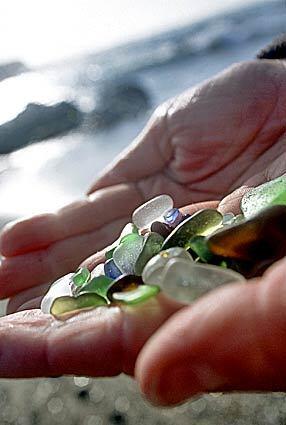
By Christopher Reynolds, Los Angeles Times staff writer
On the Mendocino County coast, a few hours north of San Francisco, you can wander for days amid rivers, forests, back roads and little towns like Mendocino, Gualala, Point Arena and Elk, and miles of beaches.
But theres only one Glass Beach. (Christopher Reynolds / Los Angeles Times)
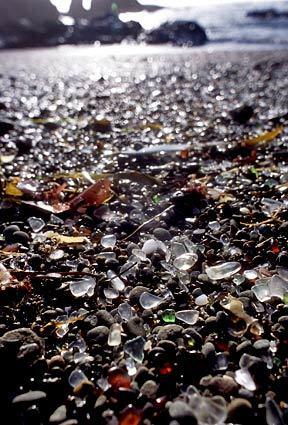
Its in Fort Bragg, the scruffier northern neighbor of Mendocino, at the west end of Elm Street, of Old Haul Road. At first glance it looks like a standard-issue beach. (Christopher Reynolds / Los Angeles Times)
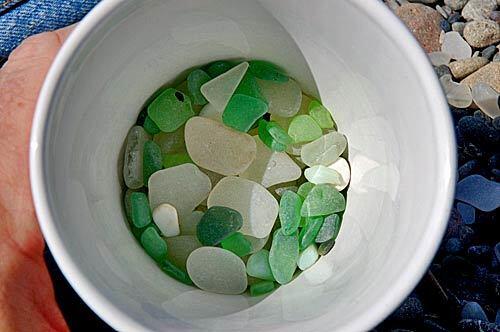
But look at that twinkly stuff underfoot: silvery, green, blue, orange and occasionally red bits of ground glass, twinkling in the sun and tumbling in the tide along with tons of standard sand, bits of metal, a little kelp. (Christopher Reynolds / Los Angeles Times)
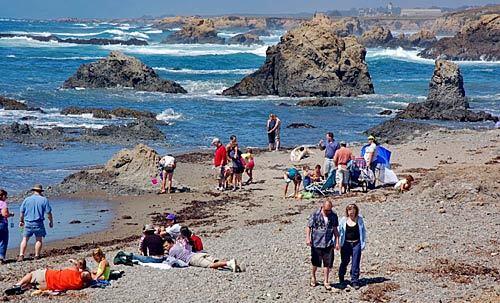
In the distance, breakers crash on rocks, seagulls wheel and the meadows of old dairy farms gently climb away from the sea.
We found a dozen scavengers on the beach the afternoon we showed up, adults and children, shuffling and bending, picking favorite bits and tucking them away in plastic bags. This is the way to tap your inner 10-year-old. (Christopher Reynolds / Los Angeles Times)
Advertisement
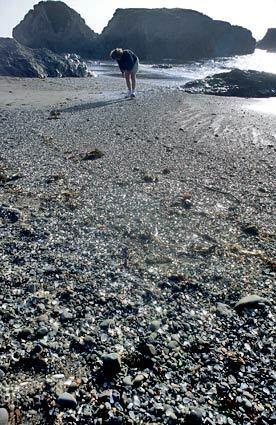
So why the glass?
From 1950 to 1967, state officials say, a lumber company owned the land, but most of Fort Bragg used this beach as a dump, leaving tons of garbage, glass, china, spark plugs and engine blocks to rust and crumble at the edge of the Pacific, occasionally reducing the pile with a fire or two. (Christopher Reynolds / Los Angeles Times)
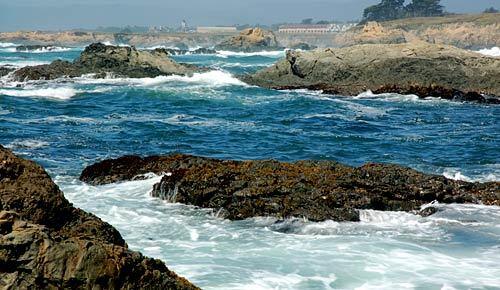
Eventually, local leaders wised up and stopped the legal dumping, and others fought to preserve public access. In the late 1990s, the California State Coastal Conservancy brokered a deal with the property’s private owner.
The state’s Integrated Waste Management Board stepped in and hauled away tons of items, from contaminated soil to large metal objects.
Then in 2003 the state bought the 38-acre property for $2.48 million. So now Glass Beach, just south of Pudding Creek, is part of MacKerricher State Park. (Christopher Reynolds / Los Angeles Times)
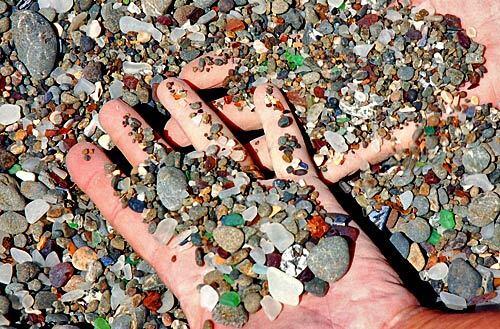
The rest of the park, a nine-mile stretch, is as rugged and scenic as you could hope for.
And Mendocino, a few miles south, is renowned for its Victorian buildings, B&Bs, galleries and genteel small-town feel. (Christopher Reynolds / Los Angeles Times)
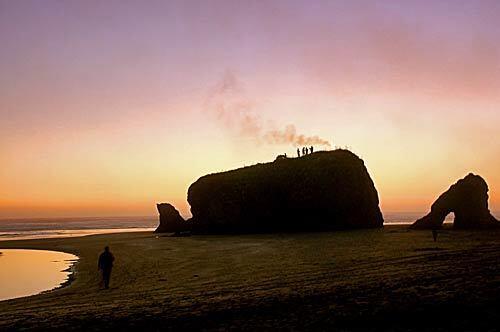
In fact, Mendocino stood in for Cabot Cove in many scenes of the long-running television series Murder, She Wrote (1984-96). Its all very New England.
And when youve had enough of fancy stuff, you head up to Fort Bragg, which has always been a more blue-collar town, and its strange beach. (Christopher Reynolds / Los Angeles Times)
Advertisement
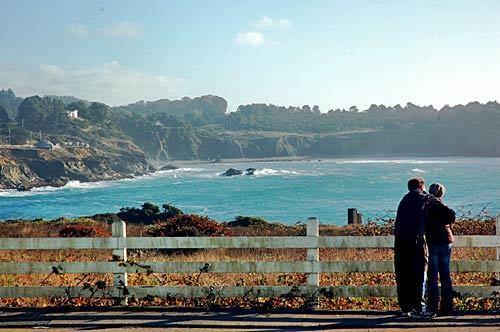
For all the raw nature on all sites, Glass Beach remains a science-fair project writ large, the Pacific slowly grinding all that old trash into something very close to natural material.
By the way, the park brochure warns that “it is illegal to remove or harm plants, animals or other natural features.”
But at Glass Beach, this can be the beginning of a grand philosophical debate: Are broken bottles a natural feature? When does sandy glass become glassy sand? (Christopher Reynolds / Los Angeles Times)



